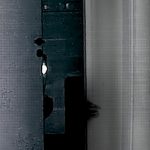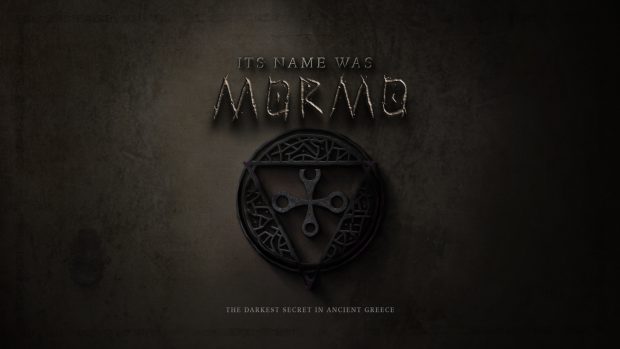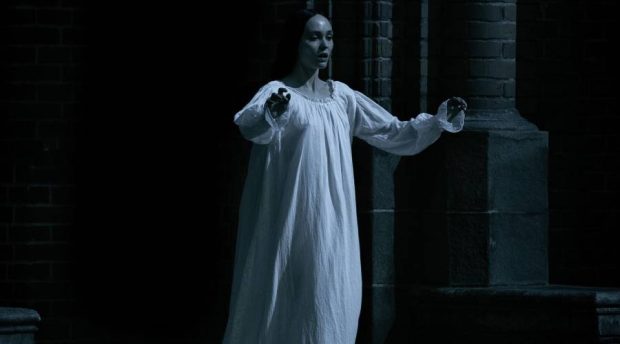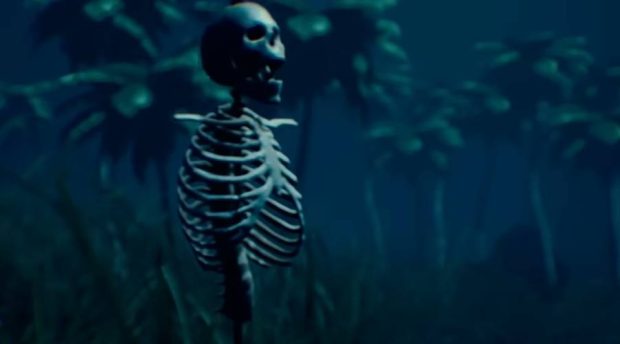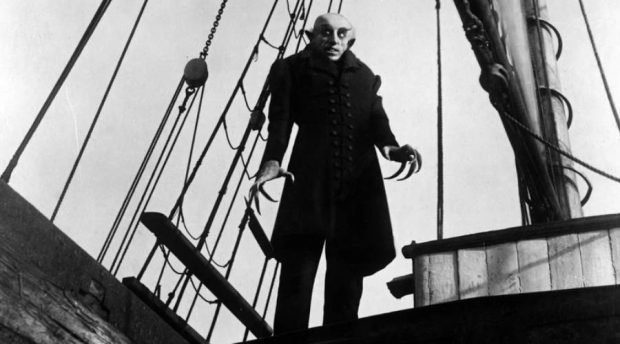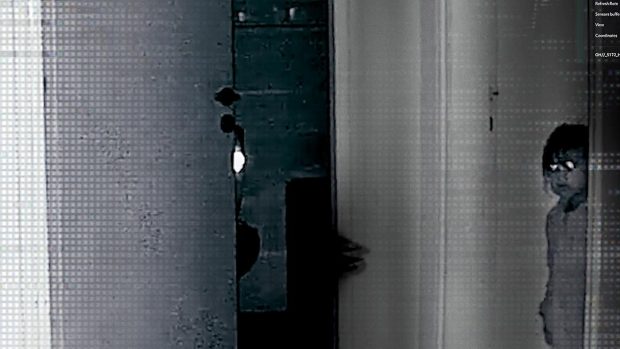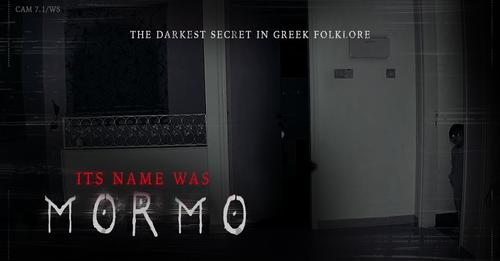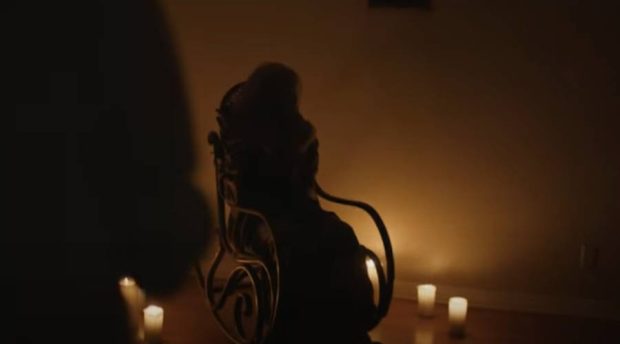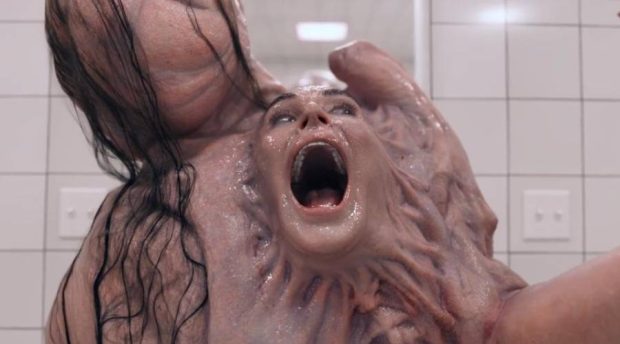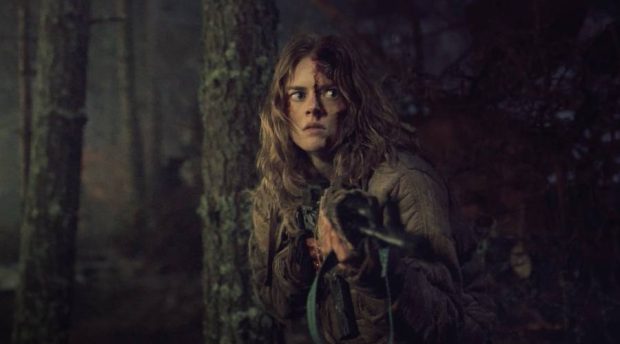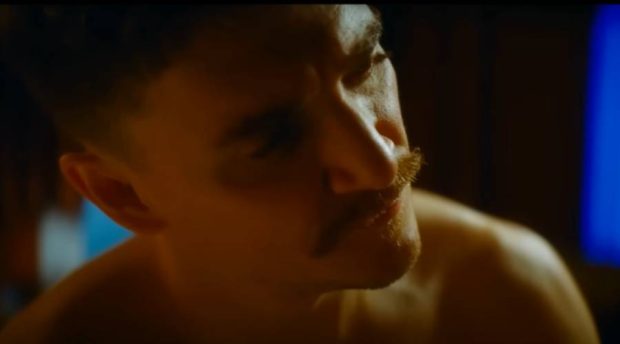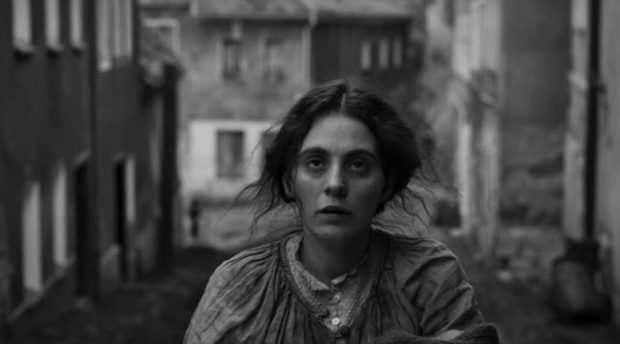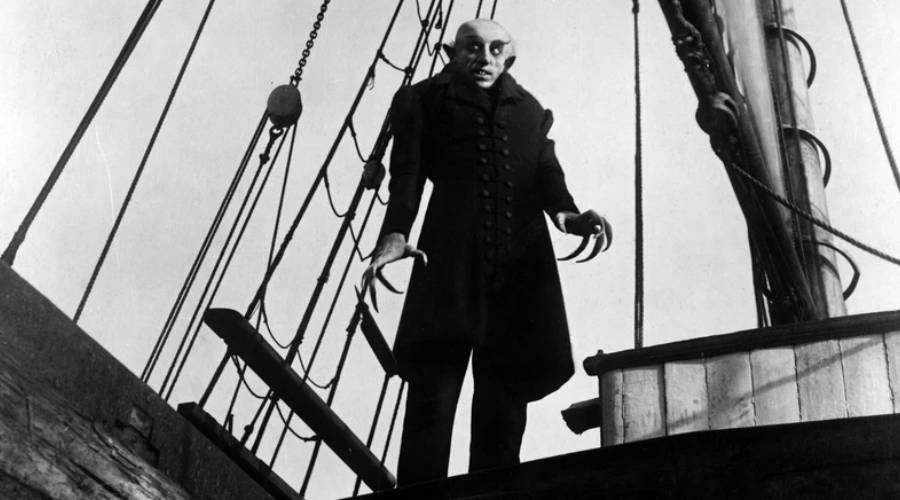
From Silent Masterpiece to Modern Reimagining – The Timeless Terror of Nosferatu
Horror enthusiasts eagerly anticipate Robert Eggers’ new Nosferatu, set to premiere this Christmas after nearly a decade of development. First teased in 2015, the film has faced numerous delays, but its potential has fueled enormous expectations. If the early buzz is any indication, Eggers’ vision may exceed even the loftiest hopes.
The story of Nosferatu stretches back over a century and represents one of horror cinema’s most consistent legacies. While rooted in Bram Stoker’s Dracula, Nosferatu transforms the classic vampire tale into something darker and more haunting. Unlike many Dracula adaptations, Nosferatu leans heavily into themes of plague, despair, and the occult, delivering imagery that remains among the most unsettling in the genre.
The Original Nosferatu: A Symphony of Horror (1922)
Though most associate the 1922 masterpiece with director F.W. Murnau, the real visionary behind Nosferatu: Eine Symphonie des Grauens was Albin Grau, the film’s producer and art director. A committed spiritualist—arguably an occultist—Grau saw cinematic potential in Dracula but lacked the funds to secure adaptation rights. Collaborating with writer Henrik Galeen, Grau reimagined the tale, altering names and settings to evade legal scrutiny. Thus, Jonathan Harker became Hutter, Mina transformed into Ellen, and Count Dracula morphed into the eerie Count Orlok. The narrative shifted from England to Wisborg, Germany, with key scenes distilled into three settings: Orlok’s Transylvanian castle, the voyage to Wisborg, and the quiet German town under siege.
What sets Nosferatu apart is its unique deviations from Stoker’s text. Count Orlok’s grotesque appearance—bald, gaunt, with rodent-like features—was likely designed by Grau, who sought to mirror the imagery of plague. Orlok’s design, brought chillingly to life by actor Max Schreck, emphasized the film’s connection to disease and death. Released just a few years after the devastating Spanish Flu pandemic, the film’s pervasive sense of dread resonated deeply with audiences.

“The Beldham” A Sinister Shadows
Historically, the plague imagery also offers chilling parallels to the political and social climate of 1920s Germany. The Weimar Republic, struggling with instability, would eventually give way to the rise of Adolf Hitler and the Nazi Party. In retrospect, the rats and pestilence of Nosferatu eerily prefigure the spread of dangerous ideologies.
Despite its brilliance, the film almost vanished. Stoker’s widow, Florence, sued the filmmakers, and courts ordered all prints destroyed. Thankfully, cinephiles preserved underground copies, allowing the film to survive and spread worldwide. Today, Nosferatu is hailed as a cinematic masterpiece, with Murnau regarded as one of Germany’s greatest directors. The film’s haunting imagery—Orlok rising from his coffin, his shadow climbing Ellen’s staircase—remains iconic.
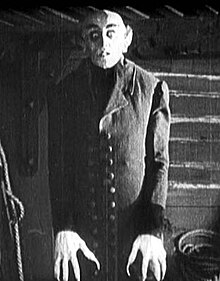
Werner Herzog’s Nosferatu: Rebirth of a Classic (1979)
In 1979, Werner Herzog revived Nosferatu, blending homage with reinvention. This film, one of two projects Herzog completed back-to-back (the other being Woyzeck), connected him to Germany’s cinematic pioneers like Murnau and Fritz Lang. Herzog’s generation, shaped by the aftermath of World War II, sought to rebuild cultural legacies shattered by the Nazis.
Herzog’s Nosferatu revisits and reimagines its predecessor while embracing elements of Stoker’s original novel. With Dracula in the public domain by then, Herzog restored the characters’ names—Count Dracula replaced Orlok, Hutter became Jonathan Harker, and Ellen became Lucy. Despite these nods to the novel, Herzog retained the eerie atmosphere of Murnau’s film, complete with plague-infested rats and hauntingly desolate towns.
Klaus Kinski, in his second collaboration with Herzog, brought a uniquely human dimension to the vampire. Unlike Schreck’s cold, animalistic portrayal, Kinski’s Dracula is tortured by his immortality and desperate for connection. Herzog described this reimagining as an exploration of existential anguish, longing, and the tragedy of eternal isolation.
Lucy, played by Isabelle Adjani, also takes on a more active role. One of the film’s most unforgettable sequences features Lucy standing amidst a town square filled with coffins. Around her, survivors burn furniture and dance aimlessly, resigned to their fate as rats overrun the streets. This apocalyptic imagery, evocative of Herzog’s earlier works, underscores the pervasive dread of the film.
A Legacy of Unrelenting Dread
Whether through Murnau’s silent expressionist masterpiece or Herzog’s poetic reinterpretation, Nosferatu has left an indelible mark on cinema. Both films push the boundaries of horror, imbuing the vampire mythos with deeper existential themes and unforgettable visuals.
Eggers’ upcoming adaptation is poised to add a new chapter to this storied legacy. By drawing inspiration from past iterations while forging a fresh vision, Eggers may ensure that Nosferatu continues to haunt audiences for another century. Like the shadow of Orlok climbing the staircase, its presence in the world of horror remains both inescapable and enduring.
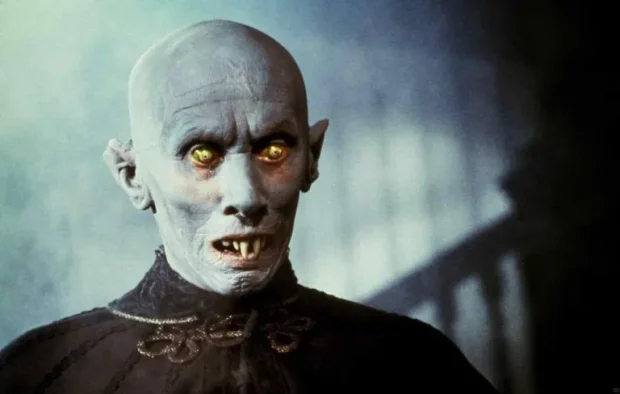
Watch Nosferatu – Prime Video

